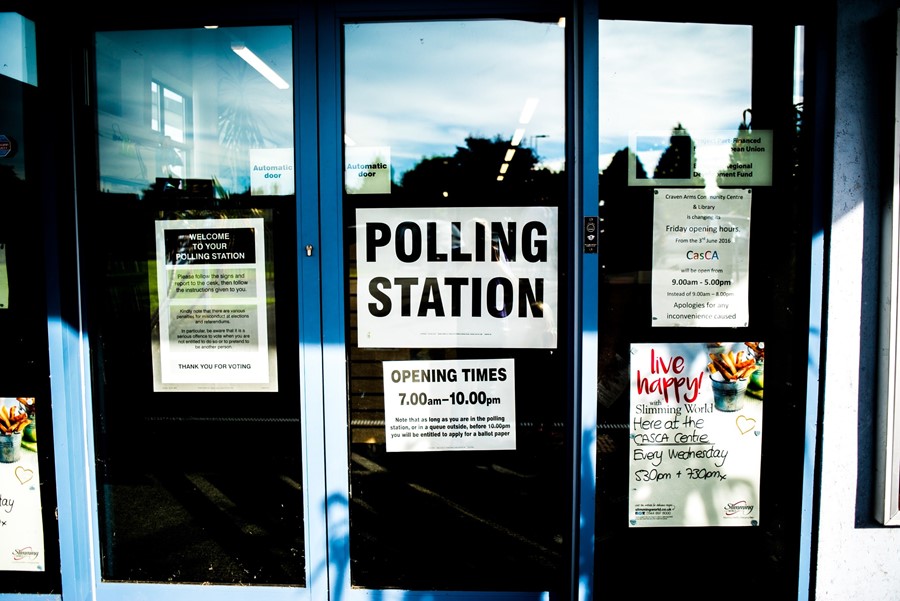The government has introduced a requirement for voters to show photo ID at elections – here’s everything you need to know
Back in April 2022, the Elections Act was passed by Parliament. This means that from May 2023, voter ID will be necessary to vote in some elections in Britain. From October 2023, this will also apply to general elections.
With local elections taking place in just a few weeks’ time, here’s everything you need to know about the new law.
WHAT ID CAN I BRING?
First things first: remember that you need to register to vote. You can register to vote here – all you need is your National Insurance number, which you can find on your payslip or any letters about tax, benefits, or your pension.
There are lots of accepted forms of ID that you can bring, such as a passport, a driving licence (a provisional is fine), or a PASS card.
There’s more information on the Electoral Commission website too.
WHAT IF I DON’T HAVE ANY ACCEPTED FORMS OF ID?
You can apply for a Voter Authority Certificate if you don’t have any accepted forms of ID.
You can also apply for a Voter Authority Certificate if you have photo ID but would rather not use it – so, for example, if the gender marker on your ID is wrong (Voter Authority Certificates don’t have a gender marker).
To apply for a Voter Authority Certificate, you’ll need your name, address, date of birth, and National Insurance number. You’ll also need to submit a passport-style photo of yourself.
You can apply on the Electoral Commission website here.
Fewer than 6 per cent of those who have applied for a Voter Authority Certificate so far are aged under 25, despite young people being disproportionately likely to lack the necessary ID.
WHY HAS THE LAW CHANGED?
The government says the new law will protect the “integrity” of elections and prevent voter fraud. But in reality, the bill is flawed and will actually make it harder for young people to participate in elections. Why? Because the new laws do not allow young people to use their student ID card or travelcards as a form of ID – even though they do allow older people to use their travelcards. It’s also worth noting that postal votes – predominantly used by older people – don’t require ID at all.
While The House of Lords tried to get national railcards, student ID cards and 18+ student Oyster cards added to the list of valid documents, their amendment was rejected by the Commons. Why have they done this? There’s a slight (read: fucking huge) chance it’s linked to the fact that 56 per cent of Labour voters in the 2019 election were aged between 18 and 24, while 67 per cent of Conservative voters were over 70.
It’s estimated that millions of people will be unable to vote in upcoming elections due to not having a valid form of photo identification. Worryingly, people from ethnic minority backgrounds are less likely to possess valid ID, and recent research by the Joseph Rowntree Foundation has also found that people on low incomes are six times less likely to have a photo ID than their wealthier counterparts. As young people, ethnic minorities, and people on low incomes are more likely to vote for progressive parties, it seems as though this is a sly attempt to cling onto power from the Tories.
The bill also does away with the present second-preference system in mayoral and police and crime commissioner elections in favour of the barely-democratic first past the post (FPTP). Why have they done this? Again, unsurprisingly, Tories are more likely to win under FPTP, as there are usually more progressive candidates who end up splitting the votes of progressive voters.
Join Dazed Club and be part of our world! You get exclusive access to events, parties, festivals and our editors, as well as a free subscription to Dazed for a year. Join for £5/month today.
